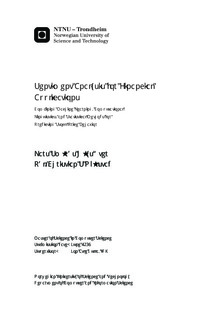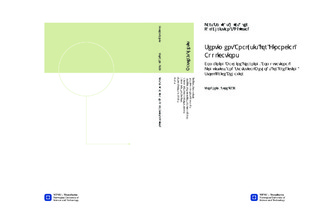| dc.description.abstract | In this thesis we use sentiment analysis, a classification task within the field of artificial intelligence, for financial applications. Hereunder, we combine machine learning, computational linguistics, and statistical methods for anticipating stock price behavior of ten shares listed on the Oslo Stock Exchange (OSE). These predictions have been made on the basis of sentiment classifications of firm-specific news articles, output by our specially constructed sentiment engine, and an aggregated market-wide sentiment index. The motivation for this approach comes from news being a most felicitous source of financial information; in effect a widely-read filtering and aggregating funnel of sentiments. Furthermore, the OSE has been selected, firstly, for its faculty of being inefficient, compared to peer marketplaces, and, secondly, for the inherent barriers to processing the Norwegian language associated with the exchange, having meagre linguistic resources. If able to surmount these barriers and exploit the predictive value of news sentiments, one could potentially attain a competitive advantage trading in this market. In constructing the named sentiment engine, we have found contextual features to be paramount in classification precision in addition to having developed and optimized a parsimonious approach to sentiment lexica construction. Despite the lack of linguistic resources, we achieve state-of-the-art classification precision in this approach using manual annotation. The engine has been found to make statistically significant predictions on stock return, volume, and order size. Positive articles, predominantly, lead to significant increases in volume while negative articles predict the opposite effect. The same is the general proclivity for order size. For return, only negative articles impact future stock price behavior, ceteris paribus, depreciating subsequent stock prices. The interaction between news articles and market-wide sentiment is also statistically significant. Although the sign of this latter effect seems firm-idiosyncratic, our analysis reveal that illiquid stocks exhibit stronger reactions than liquid stocks. | nb_NO |

